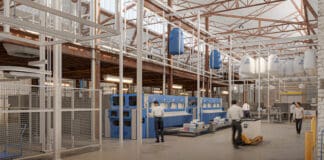By Laura Champagne
Extreme weather has been plaguing the nation: Every corner of America has experienced both droughts and prolonged periods of rain. Unfortunately, this trend is expected to increase with each passing season. Media outlets inundate us with information on climate change and its overall effect on the environment, but rarely relate the issue to the potential damage it can cause to building structures. Unfortunately, there is an underlying issue that is often left out that facility executives must mitigate — mold. Mold is a naturally occurring fungi that thrives in warm, dark environments and feeds on cellulose and dead organic matter, commonly found in buildings. Resolving water issues can be costly, but mold is a secondary concern that can rear its ugly head long after water leakage is remedied.

Simply stated, climate change has led to an increase in the frequency and intensity of many environmental extremes, such as flooding, erosion, and other natural disasters. The landscape is constantly changing, and commercial properties are at risk for an intrusion of water. It is important for facility managers to address the water source, while considering the following tips.
First, evaluate properties in both the interior and the external. Check the integrity of the roof, functionality of the gutter system, drainage surrounding the structure, quality of the foundation, and vegetation around the property. The age and style of the roof can also lead to potential leaks. Gutters can become clogged by leaves and birds’ nests and can also become compromised during storms. As our physical landscape shifts due to extreme weather conditions, it can create a need for longer runoffs or newly engineered drainage systems to ensure that water flows away from all structures. Over time, foundations can crack, and older buildings may become more prone to water seepage. In some cases, a sump pump should be installed with a dehumidifier that drains directly into it. Keep in mind that whenever a dehumidifier is used, there should be an oscillating fan in the opposite corner to help dry out the entire space. Further, trees and shrubs should be properly maintained as they shade structures and prevent the ground from naturally drying out.
Water is a powerful, natural phenomenon that always finds a way into a facility. Its presence cannot be avoided, but its damage can be mitigated and its long term effects can be minimized.
It is important to note that construction materials have an intrinsic life expectancy. Many critical components of our country’s water infrastructure are nearing the end of its life cycle. It would cost trillions of dollars to update things such as dams, levees, aqueducts, sewers, and wastewater treatment systems. As this infrastructure begins to deteriorate and fail, buildings and residential complexes become more susceptible to excess water. Sewage, sediment, nutrients, and microbial pathogens can seep into these properties. In the 1980’s, the Northeast experienced a residential construction boom. In Connecticut alone, the number of condominiums tripled in 10 years. These complexes have reached middle age and may require significant maintenance. At the 30-year mark, roofs and HVAC systems should be replaced, and after 50 years, windows and plumbing components.
What do all these things have in common? They all increase the probability of water entering a business facility.
Whether due to a catastrophic event or a minor leak, water can become a massive headache for facility managers. Obviously, the initial task is to remove the water. Second, facility managers must locate the source of the water and prevent the problem from happening again. It is equally important to take a third step: continually evaluate and monitor the facilities for mold. People are increasingly concerned about the presence of mold and are gaining an awareness of the potential health risks it causes. By taking a proactive approach, facility executives can avoid costly problems in the future. Once mold can be seen on the surface, it may already be causing health issues to the building’s occupants and damaging their personal property. Elderly and immune-compromised individuals are more vulnerable to complications from mold. Facility executives should consider the population demographic that is occupying any given space.
Bringing Abandoned Buildings Back To Life
Adaptive reuse of abandoned buildings can bring new life to a community, but also present special challenges to facility managers. Read more…
In conclusion, water is a powerful, natural phenomenon that always finds a way into a facility. Its presence cannot be avoided, but its damage can be mitigated and its long term effects can be minimized. The best way to avoid mold-related commercial claims is to hire a mold remediation specialist to perform an air quality test anytime there is a known or suspected water issue, which provides a detailed report and creates a timeline. It is therefore imperative for facility executives to take proper precautions to protect their assets from any harm and destruction during this ever-evolving environment.
 Laura Champagne is co-owner of mold removal company Natural Home Solutions, keeping homes and businesses safe from mold contamination through Xspor’s proprietary, organic EnzyCleanse™ solution. The company is comprised of scientists seeking to expand the usage of green, sustainable cleaning solutions for the safety of humans, animals and the environment.
Laura Champagne is co-owner of mold removal company Natural Home Solutions, keeping homes and businesses safe from mold contamination through Xspor’s proprietary, organic EnzyCleanse™ solution. The company is comprised of scientists seeking to expand the usage of green, sustainable cleaning solutions for the safety of humans, animals and the environment.




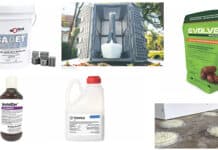
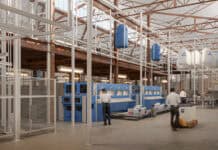

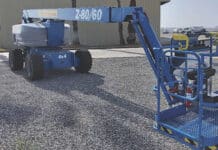
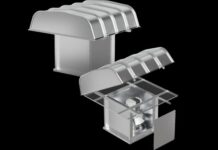

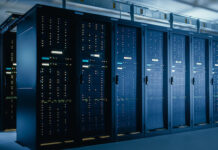
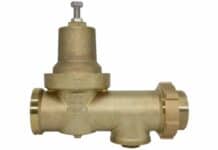


 Bringing Abandoned Buildings Back To Life
Bringing Abandoned Buildings Back To Life

![[VIDEO] Job Order Contracting: Accelerating the Projects that Matter](https://facilityexecutivemagazine.kinsta.cloud/wp-content/uploads/2024/05/maxresdefault-324x160.jpg)
